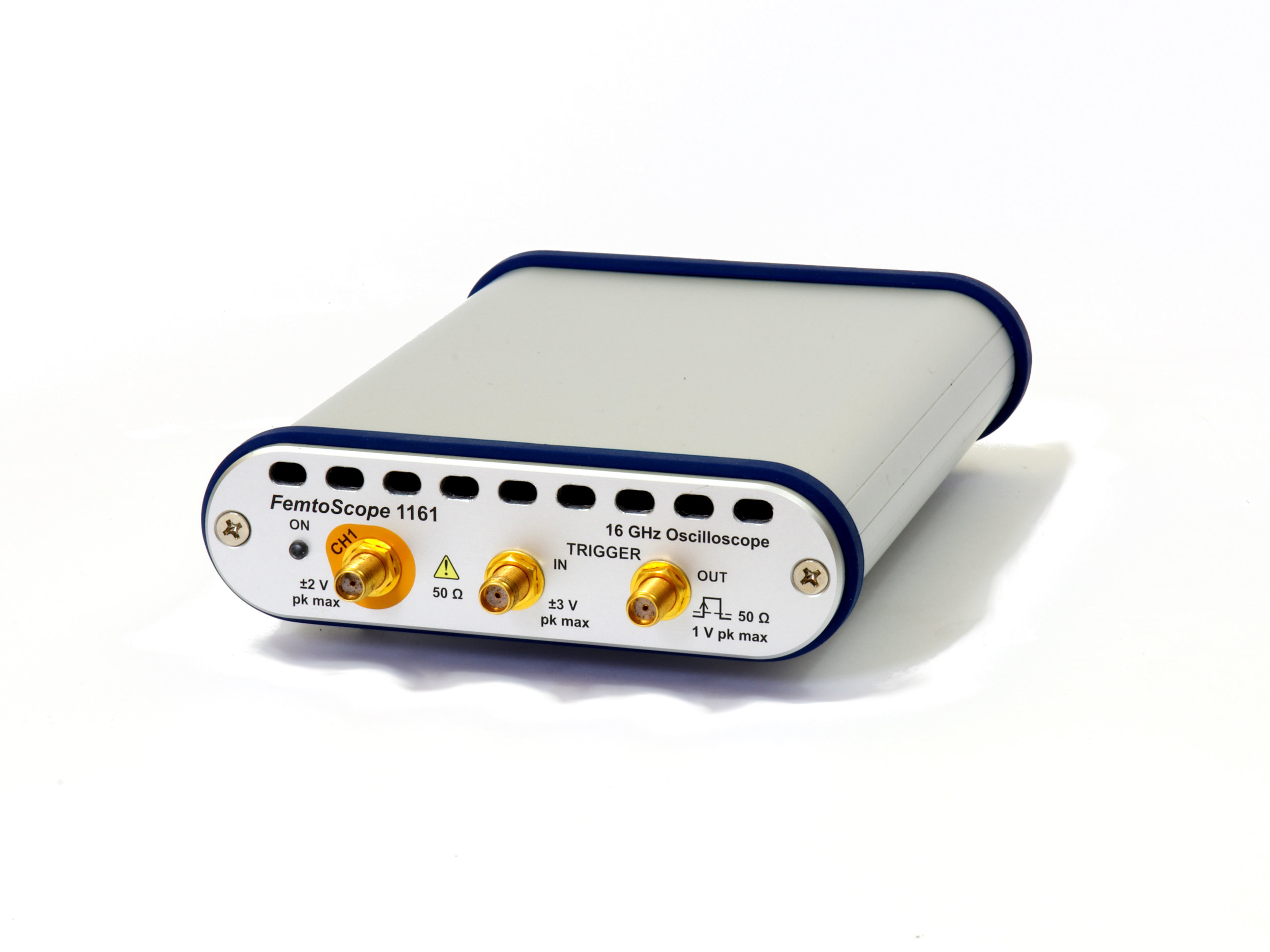

#Dsa815 tg widest bandwidtg generator
Thinking the SDRPlay or LimeSDR performance might be similar for a hacked together spectrum analyzer that might even have wider bandwidth, frequency range and if full duplex… can be made to be a tracking generator also. Recently though, I was looking at auction ones for sale and came across new variants I’ve never heard of before like ENA, PNA, y-parameters, z-parameters, h-parameters and seems some other parameters that I am not recalling. Posted in cons, Hackaday Columns, hardware, Tool Hacks Tagged 2018 Hackaday Superconference, Hackaday Journal, journal Post navigation We’re always looking for new articles in our Open Access Journal, so if you have a sordid tale of doing something that shouldn’t be possible, think about submitting your own paper to the journal.

Ted’s talk is great, and he’s also written a paper on his work, published in the first edition of the Hackaday Journal of What You Don’t Know. It is, though, a remarkable tale of hardware heroics and using brainpower when you don’t have the cash to buy the fantastically expensive tools you need.
#Dsa815 tg widest bandwidtg serial number
Keep in mind this problem has been corrected in newer revisions of the Rigol spectrum analyzer (Ted says the serial number of his machine is very low, in any event), and this shouldn’t be taken as a review of this particular network analyzer. The result with this new setup is a scalar network analyzer that’s remarkably better than the stock machine - up to 30dB of dynamic range better. A little bit of math, and you can reasonably correct for this leakage in the machine. Since the phase is inverted, the measured signal changes with respect to what it should be. Simply by using a commercial diode mixer (a few diodes and a few transformers), the phase of the signal from the tracking generator can be inverted 180°. Ted found the effect of the leakage on measurement results could be manipulated by changing the phase shift of the signal. This was a scalar network analyzer, though, not a vector analyzer. This was measured through an HP355D variable attenuator, and for measuring signals that low, this cheap spectrum analyzer was basically useless. Without anything plugged in, the noise floor of this spectrum analyzer was at -90dB, while the leakage was measured at around -70dB. The problem comes with the leakage between the tracking generator and the spectrum analyzer. The effect of phase shift through a scalar network analyzer If you’re measuring how well a device performs at 100 kHz or 1 GHz, this is what you need. The spectrum analyzer receives the signal coming from the tracking generator, through the device under test, and puts lines and numbers on the screen. The tracking generator generates a signal, which is fed through the device under test.

Ted’s Rigol spectrum analyzer consists of two basic parts. These problems can be corrected, though, with a little bit of cunning from Ted: The noise floor was higher than it should have been. Being the first revision of the hardware, there were a few problems there was leakage that would affect the measurement. It was their first revision of the hardware, and it was only a scalar network analyzer. Around the time Ted’s project began, Rigol released their cheap spectrum analyzer, the DSA815. These allow for RF measurements, but if you ever need one, be prepared: you can spend twenty thousand dollars on a used VNA. Ted’s talk begins with a need for a network analyzer. It comes from Ted Yapo, it is indeed a tale of hardware heroics: what happens when you don’t want to spend sixty thousand dollars on a vector network analyzer? We also have a peer-reviewed journal with the same goal, and for the 2018 Hackaday Superconference we got a taste of the first paper to make it into our fully Open Access Journal. The Hackaday Superconference is all about showcasing the hardware heroics of the Hackaday community.


 0 kommentar(er)
0 kommentar(er)
